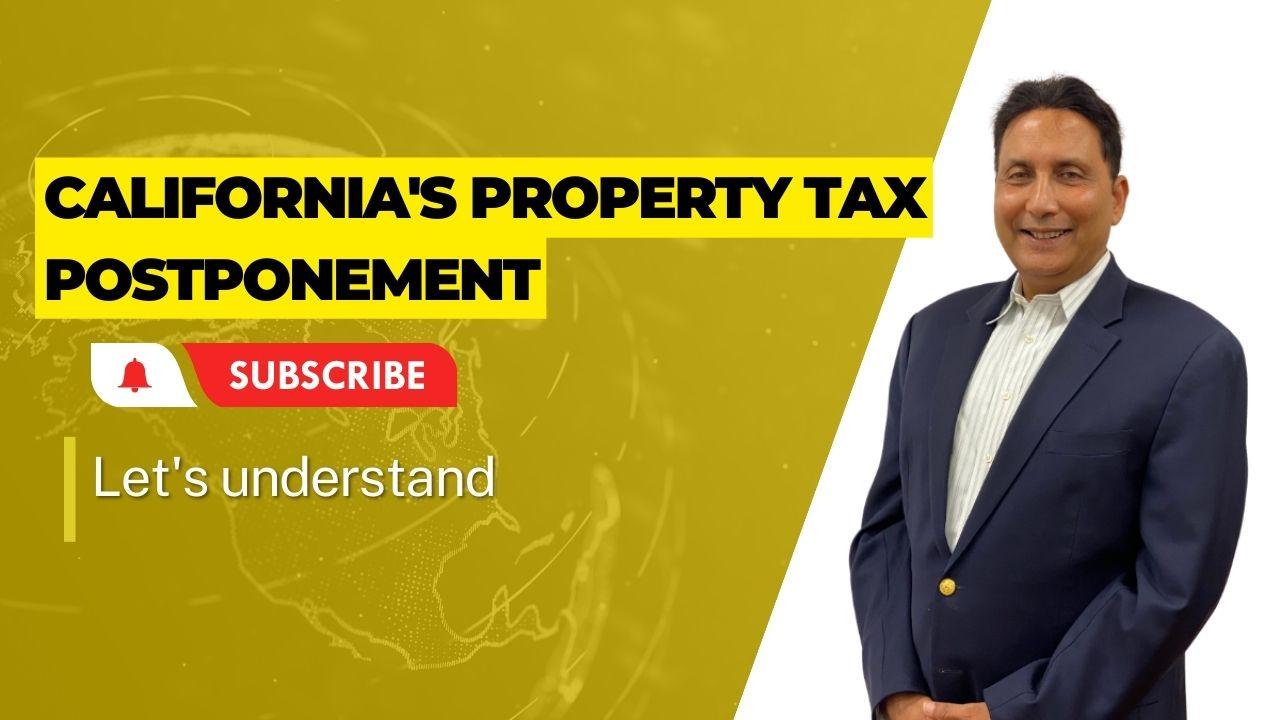
Within the realm of property tax management, California distinguishes itself by providing thoughtful provisions for homeowners, the most notable being the Property Tax Postponement (PTP) program.
Key Eligibility Criteria for the PTP Program
To qualify for the program, applicants must meet several essential conditions:
Significance of the Equity Requirement
The equity requirement serves to protect the state's interests. The postponed tax amount accumulates as a lien on the property, which the state reclaims when the property is sold or upon the homeowner's passing.
Understanding the Application Process for Property Tax Postponement
Applying for the PTP program involves the following straightforward steps:
The application window opens in early September each year and operates on a first-come, first-served basis.
Mechanism of the Property Tax Postponement Program
Once deemed eligible for the PTP program, the SCO pays the property taxes directly to the county on behalf of the homeowner. This amount, along with a 7% simple interest, becomes a lien on the property and must be repaid when the homeowner sells the property, moves out, or passes away.
Impact of Property Tax Postponement on Homeowners
The PTP program offers significant benefits to homeowners. It provides financial relief for those facing difficulties with property taxes due to age, disability, or low income. This assistance allows homeowners to maintain ownership of their homes, fostering community stability and continuity.
Consequences of Property Tax Postponement on Counties
Counties also benefit from the PTP program as it ensures timely payment of property taxes, reducing the administrative burden of delinquencies and subsequent collection efforts.
Future Prospects of the PTP Program
California's PTP program represents an innovative solution for managing property taxes. As the state's demographics change and housing affordability continues to be a challenge for many, such programs are likely to evolve and become even more crucial.
In conclusion, the Property Tax Postponement program serves as a vital lifeline for numerous homeowners in California. Its robust structure and the benefits it offers to homeowners and counties make it an exemplary model for effective property tax management. Therefore, understanding and considering this program is highly recommended.
What is the Property Tax Postponement (PTP) program in California? The PTP program is a program in California that allows eligible homeowners to postpone the payment of their property taxes.
Who is eligible for the PTP program? To be eligible for the PTP program, the homeowner must meet the following criteria:
How does the equity requirement work in the PTP program? The equity requirement ensures that homeowners have a stake in the property. They must have at least 40% equity, which means they should own 40% or more of the property's value.
What are the income limits for the PTP program? The total household income should be $45,000 or less to be eligible for the PTP program.
Can a homeowner apply for the PTP program if they are under 62 years old? No, the homeowner must be at least 62 years old to qualify for the PTP program. However, they may be eligible if they are disabled or blind, regardless of age.
What types of properties are eligible for the PTP program? The PTP program applies to the homeowner's primary residence, which is the property where they live most of the time.
How can I apply for the PTP program? To apply for the PTP program, you can visit the official website of the State Controller's Office (SCO) to download the application form. Complete the form with accurate information and submit it along with the required supporting documentation.
When is the application window for the PTP program? The application window for the PTP program typically opens in early September each year. It's important to submit the application as soon as possible, as it operates on a first-come, first-served basis.
Is the PTP program available on a first-come, first-served basis? Yes, the PTP program operates on a first-come, first-served basis. It's important to submit your application as early as possible to increase the chances of being accepted into the program.
How does the PTP program affect property taxes? If accepted into the PTP program, the State Controller's Office (SCO) pays the property taxes on behalf of the homeowner. The postponed tax amount, along with a 7% simple interest, becomes a lien on the property, which is repaid when the homeowner sells the property, moves out, or passes away.
What happens if a homeowner sells their property after participating in the PTP program? When a homeowner sells their property after participating in the PTP program, the state will reclaim the postponed tax amount and interest from the proceeds of the sale.
Can a homeowner still participate in the PTP program if they move out of their primary residence? No, the homeowner must continue to use the property as their primary residence to participate in the PTP program. Moving out of the primary residence may affect eligibility.
What happens if a homeowner in the PTP program passes away? If a homeowner participating in the PTP program passes away, the postponed taxes and interest become due. The estate or heirs will need to address the repayment of the postponed amount.